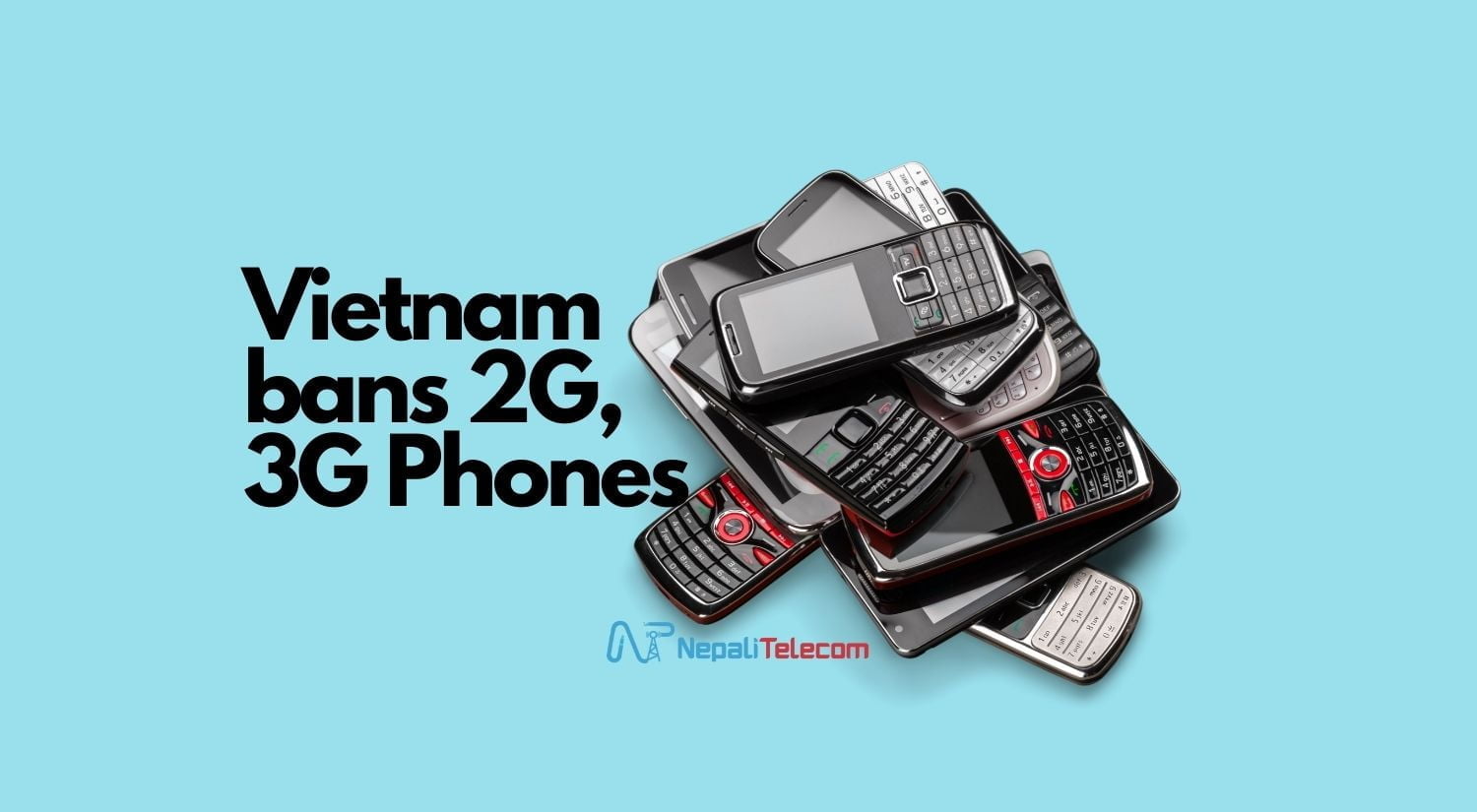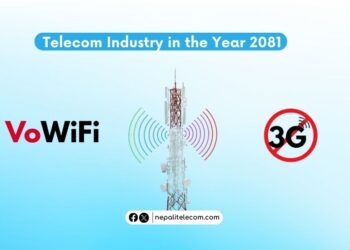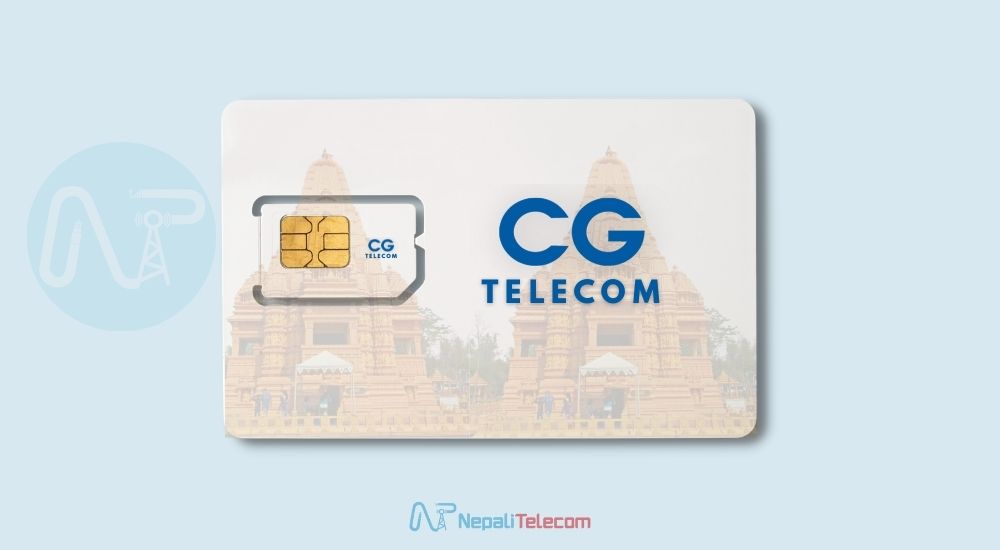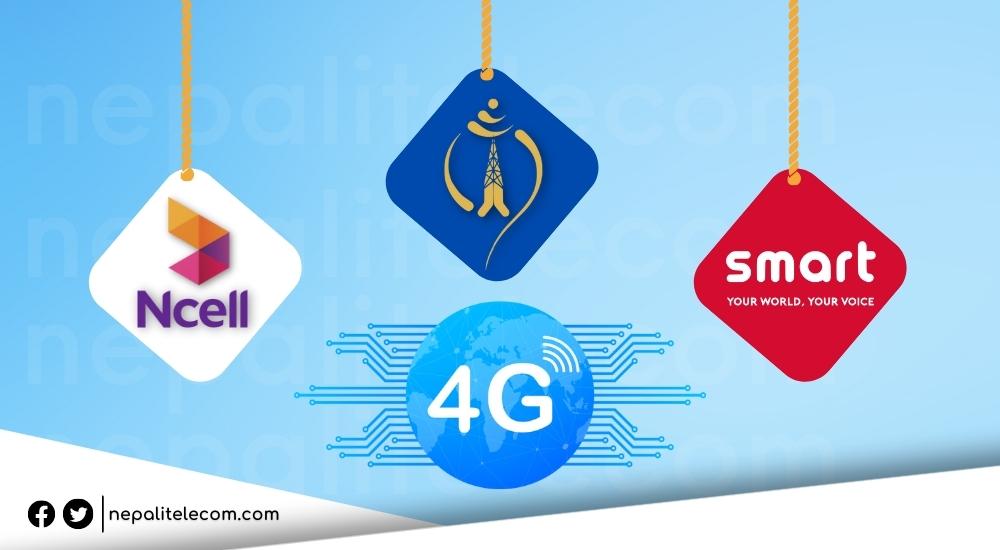Vietnam has banned 2G and 3G phones in the country. The reports are coming that the Vietnamese states have imposed restrictions on the import and production of 2G and 3G smartphones.
The ban imposed by Vietnam’s Ministry of Information and Communication came into effect from July 2021. This will cut down the use of feature phones by 70%. The bans also mean telecommunications devices (including phones) that run inside Vietnam will need 4G support or higher (5G). Check out: Is 5G better than 4G?
As the ban restricts the operation of 2G and 3G phones, they will provide 2.1 million low-income families who operate on those network phones during 2021 – 2025. The Vietnamese government wants to completely marginalize the use of feature phones and 3G phone usage in the next four years and build momentum for the 4G and 5G networks.
For now, the existing 2G and 3G phones will continue to work. However, the country’s concerned ministry won’t renew permits for the said two networks. The 2G and 3G networks are set to expire in September 2024.
Check out: 3G Vs 4G Mobile Network; Which one do you prefer?
Affected Vendors
Vietnam has a tremendous population that still use feature phone and the ban means the phone vendors will have a lot to lose from the regulation. HMD Global, Itel, Masstel, and Mobell are the major suppliers of feature phones in Vietnam.
Itel, a leading feature phone importer has said, it will import 4G phones at reasonable prices in the future to maintain its business profile.
Check out: When to use 2G network mode on your phone?
2G And 3G Ban: In Nepal’s Context
Nepal is waiting for the 5G launch at the expense of Nepal Telecom (NTC), with the approval of 5G Trial Procedures. Due to the growing ecosystem of 4G phones, and the uneven landscape of Nepali geography, the legacy network, and 3G may have a short-lived future as well. Besides, the growth of 4G and imminent 5G network will drag 2G and 3G networks into irrelevancy.
Currently, NTC, Ncell, and Smart Cell are expanding their 4G coverage countrywide. Especially, state-owned NTC’s 4G subscribers have seen tremendous growth over the last few months after lockdown. NTC has above 2.5 million 4G subscribers. Meanwhile, private telco Ncell and Smart Cell boast above 5 million and 2 lakhs of 4G users respectively.
But feature phones have not died down yet. Still, a large population relies on feature phones for their basic calls and SMS and browse on a basic EDGE internet. But the way, 4G is widening in coverage, we can expect the 2G phones to wane in the next few years. The arrival of 5G will also raise the possibility of 4G and 5G only networks in the country. As people take a longer time to change their phones, it will take more years to build a complete 4G ecosystem.
But the cost of spectrum, cell towers, cramped network congestion, and maintenance cost of equipment may not be entertained by the telcos which could force the phase-out of 2G and 3G networks in Nepal as well.
VoLTE: A Game Changer!
2G is used for voice calls and offers basic browsing capacity. 3G offers a better broadband speed. However, 4G takes the broadband to the next level and 5G will have surreal internet capacity.
While 4G doesn’t natively support phone calls, the arrival of NTC VoLTE has upped the utility of 4G over 3G. Upon VoLTE activation, users can get high-definition voice calls, and browse the internet simultaneously. NTC’s VoLTE has met with a raucous elation by the consumers and even forced Ncell to expedite its own VoLTE service.
Don’t miss: Ncell Preparing For VoLTE Launch From Kathmandu
If Nepal Government decides to promote 4G or 5G connectivity by discouraging the existing feature phone and 3G phone users, like what NTC has done with its CDMA users to migrate to GSM, we would see Vietnam-like 4G and 5G only network in Nepal but time will tell.













